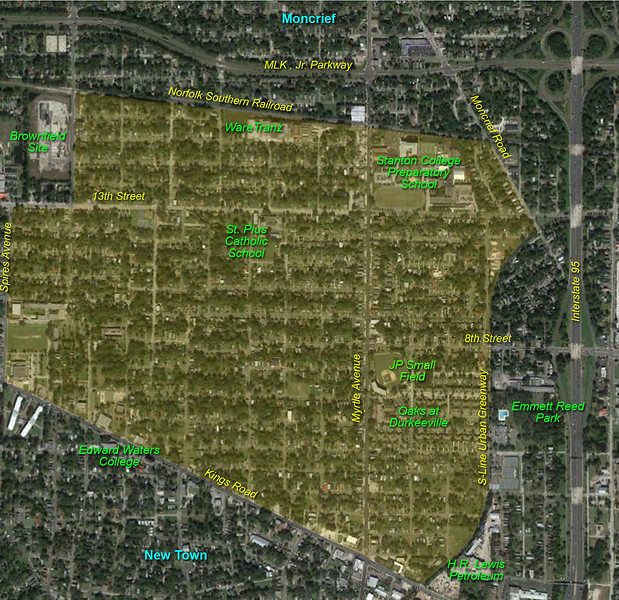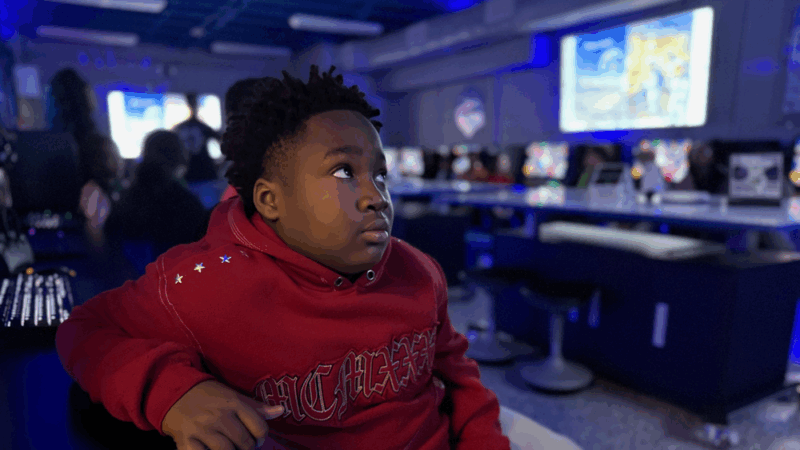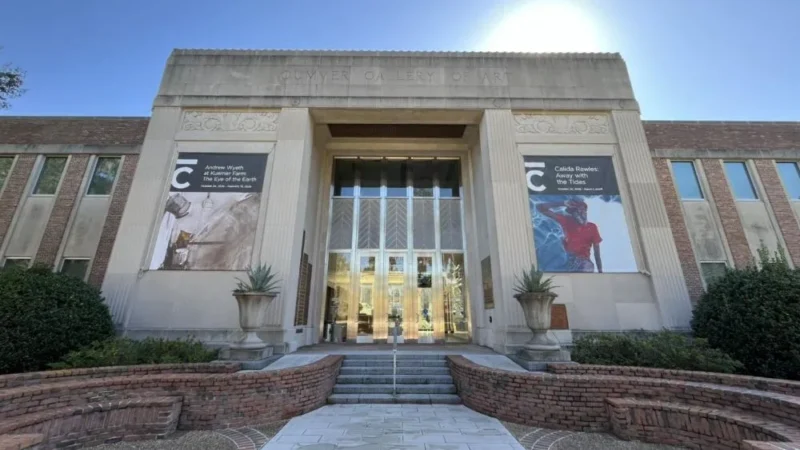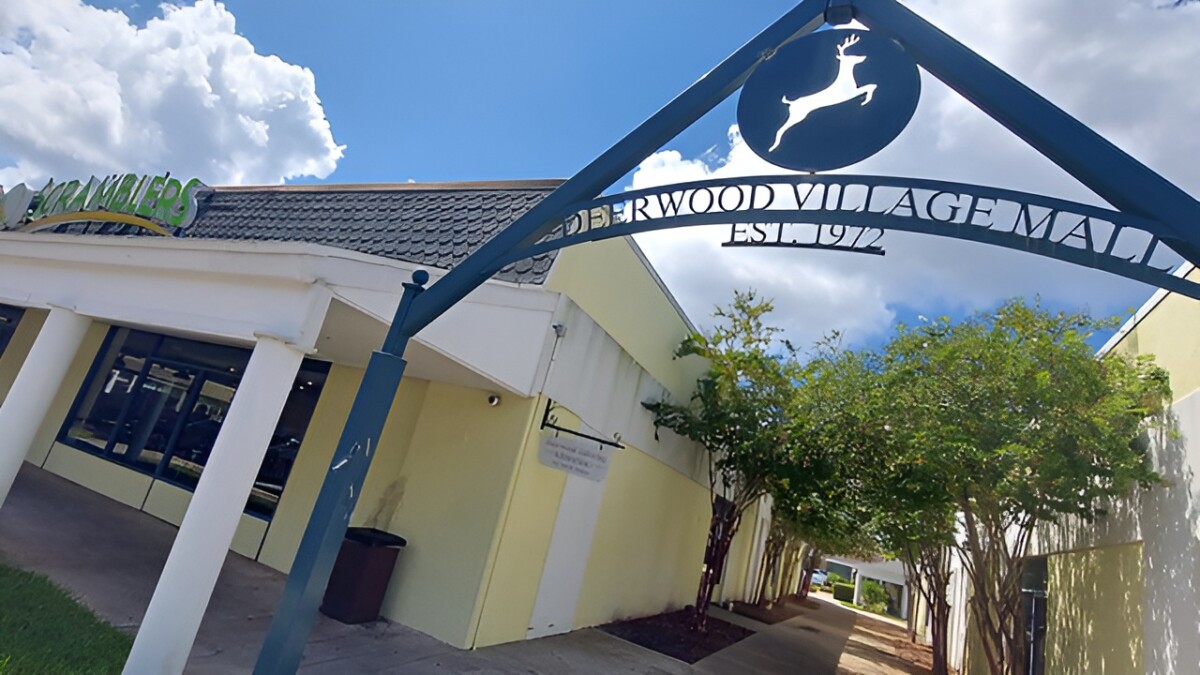
Here’s a photographic journey into the history of various sites in Jacksonville’s Durkeeville neighborhood.

Dating back to the late 19th century, Durkeeville was named after Joseph H. Durkee, a New York native and former U.S. military officer. During the early 20th century, the greater Durkeeville community became a segregation-era hub of Black culture, business and social life in Jacksonville.
The architectural works of Joseph H. Blodgett

Durkeeville is home to the largest collection of surviving structures designed and built by noted African American architect Joseph Haygood Blodgett. Born into slavery in Augusta, Georgia, Blodgett moved to Jacksonville during the 1890s with one paper dollar and one thin dime to his name. Initially working for the railroad for a dollar a day, Blodgett went on to start a drayage business, a woodyard, a farm and a restaurant before becoming a building contractor around 1898. The Great Fire of 1901 changed the fortunes of Blodgett.
Following the Great Fire of 1901, Blodgett not only designed and built 258 houses, he kept 199 to rent, eventually becoming one of the city’s first Black millionaires. Blodgett’s design trademark was the inclusion of a small upper porch above a large lower porch that often extended around the side of a house. While the majority of Blodgett’s structures have been razed, homes designed and built by the early Black architect can be found throughout the Durkeeville neighborhood.
The Durkee Gardens National Register Historic District

Generally bounded by Myrtle Avenue, McConihe Street, Payne Avenue and 13th Street, the Durkee Gardens Historic District encompasses 49 acres and includes 209 contributing buildings completed between 1934 and 1969. Platted between 1934 and 1944, the district is dominated by the Minimal Traditional architectural style and a lasting reminder of the quality work of African American architects and builders such as James Edwards Hutchins and Sanford Augustus Brookings.
Florida’s second-oldest public housing development

In 1937, the Public Works Administration completed the 215-unit Durkeeville public housing development just south of West 8th Street. It was the second public housing project built in Florida under the federal Public Works Administration. At the time, the development was intended to provide housing for Jacksonville’s Black middle class during the Great Depression. The old Durkeeville projects were replaced by The Oaks at Durkeeville in 1999, as Florida’s first redevelopment under the HOPE VI program. The development, in the heart of Durkeeville, consists of 164 apartments, 28 market-rate single family homes, and a 36-unit senior living facility, with retail space along Myrtle Avenue.
A Green Book site on Kings Road

The Fiesta Motel provided lodging for African American travelers when it opened in 1961. Featuring 26 air-conditioned rooms, each with television and telephone, the Fiesta Motel was also a Negro Motorist Green Book site. First published in 1936 by Victor Green, the Green Book was the bible of African American travel during segregation. For years, outside of the Black community, little was known about the Green Book, which was a compilation of accommodations, gas stations, restaurants and other businesses for people of color attempting to travel free of racial humiliation, discrimination and violence. Located at 1251 Kings Road, the old motel is now the Kings Courtyard Apartments.
Jacksonville’s first baseball epicenter

Long before 121 Financial Ballpark and the Jumbo Shrimp, Durkee Field was the epicenter of Jacksonville’s professional baseball community. Amazingly, it’s still standing today. Dating back to 1912, this ballpark once served as the home of the Negro League’s Jacksonville Red Caps. Some of the first teams to play here include the Jacksonville Tars and the Jacksonville Athletics, a team of which James Weldon Johnson was a member. Baseball legends who played here over the years include Babe Ruth, Lou Gehrig and Henry Aaron. Aaron also lived in Durkeeville during his brief stay in Jacksonville. In 1980, the stadium was renovated and renamed for James P. Small, who served as Stanton High School’s coach, band director and athletic director from 1934 to 1969. In 2013, the ballpark was added to the National Register of Historic Places under the name Joseph E. Durkee Athletic Field.
Major League baseball in Jacksonville’s urban core

Durkeeville was the home of Florida’s first Major League Baseball team, the Jacksonville Red Caps. The Red Caps began as an independent team organized by the Jacksonville Terminal Station. The owner was white stationmaster J.B. Greer, and the players all worked at the station as porters. Porters were nicknamed “redcaps” for the hats they wore, hence the team’s nickname. Porter jobs were coveted, middle-class positions for African Americans at the time, thanks in no small part to unionization efforts spearheaded by Jacksonville native A. Philip Randolph in the 1920s. For prospective ballplayers, a day job as a porter was an especially enticing perk, as it offered opportunities for advancement and benefits. The Red Caps played their games at Durkee Field on Myrtle Avenue in Durkeeville. In 1938, they joined one of the top leagues, the Negro American League, becoming Florida’s first major league team in any sport. They played the Negro American League from 1938 until 1942.
Northeast Florida’s highest-ranked public high school

Named in honor of Gen. Edwin McMasters Stanton, an outspoken abolitionist and secretary of war under President Lincoln during the Civil War, the Stanton Normal School opened in April 10, 1869, as the first school for the formerly enslaved in Florida. In 1877, President Ulysses Grant visited the school during a tour of Florida. During the visit, a 6-year-old student named James Weldon Johnson raised his hand from the crowd and Grant shook it. Johnson would go on to become the school’s principal in 1894, and he expanded it to become the only high school for Black students in the city. While serving as the principal, Johnson wrote “Lift Every Voice and Sing,” which his brother Rosamond put to music. This song would later become known as the Black National Anthem.
Then known as New Stanton High School, in 1953, this school replaced the older Stanton building in LaVilla. During Durkeeville’s early years, this site was the location of the the corporate offices and car barns for the Colored Man’s Railroad, a Black-owned streetcar system. In addition, the property served as a streetcar park for African American residents called Mason’s Park. Today, the school is known as the Stanton College Preparatory School. As of 2024, according to U.S. News & World Report, Stanton is the highest-ranked school in Northeast Florida, ranks No. 5 in Florida and is No. 55 nationally.
The urban core’s first rails to trails project

In 1886, the Jacksonville Belt Railroad was constructed between Springfield and the Jacksonville Terminal area in LaVilla to connect the Fernandina & Jacksonville Railroad to the Florida, Atlantic & Gulf Railroad. During the early 1900s, the railroad was acquired by the Seaboard Air Line Railroad system. Abandoned during the 1980s, the former railroad through Durkeeville was converted into the S-Line Urban Greenway in the mid-2000s. The S-Line Urban Greenway is a 4.8-mile rails-to-trails multi-use path that connects New Town and Durkeeville with Springfield and Brentwood. It runs from Myrtle Avenue, just north of Beaver Street, to Norwood Plaza, near Gateway Town Center, at the intersection of Norwood Avenue and 44th Street.
Remnants of Walkers Commercial and Vocational College

In 1916, Julia Walker-Brown opened the Walkers Commercial and Vocational College with her first husband, Richard Walker, on LaVilla’s Broad Street. The school focused as a transitional bridge for veterans returning to civilian life. Also catering to the local community, Walker-Brown’s school offered courses in bookkeeping, accounting, insurance, office machines and secretarial training. A graduate of Florida A&M University, Walker-Brown also offered a trade division at her college, with courses in dressmaking, tailoring and upholstering. In 1950, Walkers Commercial and Vocational College relocated to the block of 8th and Myrtle in the heart of Durkeeville. There, the school survived until 1970. A few former college buildings, near the intersection of West 8th Street and Myrtle Avenue, live on today as commercial storefronts.







